Reciprocating saw blades are versatile tools that can tackle various cutting tasks. From demolishing walls to pruning trees, these blades do it all—but not all reciprocating saw blades are created equal. One key factor to consider is TPI (teeth per inch), which significantly impacts how effectively a blade cuts through specific materials. In this guide, we’ll break down the differences between various TPI levels and the materials they’re best suited for, using EZARC reciprocating saw blades as a benchmark for performance and reliability.
What Is TPI in Reciprocating Saw Blades?
Understanding Teeth Per Inch
TPI, or teeth per inch, measures the number of teeth on a blade within a one-inch span. Blades with higher TPI have smaller teeth and are better suited for fine cuts, while lower TPI blades have larger teeth designed for rough cuts and faster material removal.
Why Does TPI Matter?
The TPI affects:
- Cutting speed
- Smoothness of the cut
- Material compatibility
Choosing the right TPI for the job ensures efficiency, accuracy, and durability.
TPI Categories for Reciprocating Saw Blades
Low TPI (3–8)
Best for Demolition and Wood Cutting
Low TPI blades, like many from the EZARC reciprocating tool use range, are designed for rapid material removal. These blades excel at cutting wood with nails, tree branches, and other soft materials.
Example Materials
- Lumber
- Tree branches
- PVC pipes
Medium TPI (10–14)
Versatile for Mixed Materials
Blades with medium TPI offer a balance of speed and smoothness. They are ideal for cutting both wood and metals, making them a go-to choice for general-purpose applications.
Example Materials
- Plywood
- Aluminum
- Non-ferrous metals
High TPI (18–24 and above)
Precision for Metals and Hard Materials
High TPI blades feature fine teeth, allowing for clean, precise cuts in hard materials. EZARC saw blades with high TPI are perfect for cutting through metal pipes, sheet metal, and plastics.
Example Materials
- Stainless steel
- Cast iron
- Plastics
How to Choose the Right Blade Based on Material
Wood and Soft Materials
For wood, use low TPI blades to cut quickly without clogging. Look for blades with bi-metal construction, such as EZARC material options, for durability when encountering nails or screws.
Metal Cutting
Use high TPI blades for metals to avoid rough edges. EZARC saw blades specifically designed for metals often include carbide-tipped teeth for enhanced longevity.
Specialized Tasks
- For pruning: Low TPI pruning blades work best.
- For fiberglass or plastics: Medium TPI blades offer smooth cuts without cracking.
Types of EZARC Reciprocating Saw Blades
Bi-Metal Blades
Benefits
Bi-metal blades combine flexibility and durability, making them resistant to breaking under pressure.
Ideal For
- Wood with embedded nails
- General demolition
Carbide-Tipped Blades
Benefits
Carbide-tipped blades are incredibly hard and long-lasting. They’re ideal for high-demand tasks like cutting metals or abrasive materials.
Ideal For
- Stainless steel
- Cast iron
Specialty Blades
Benefits
Specialty blades are tailored for unique applications, such as pruning or masonry cutting.
H3: Ideal For
- Tree branches
- Brick or stone
Tips for Maximizing Blade Performance
Use the Right Speed
Match the speed of your reciprocating saw to the material. High speeds work well for soft materials, while slower speeds prevent overheating in metals.
Proper Blade Installation
Ensure the blade is securely attached to avoid wobbling or uneven cuts. Double-check the compatibility of the blade with your tool.
Maintenance and Longevity
- Clean blades after use to remove debris.
- Replace dull blades promptly to maintain efficiency.
Conclusion
Understanding the differences between various TPI levels of reciprocating saw blades can elevate your cutting projects from ordinary to exceptional. Whether you’re tackling wood, metal, or specialty materials, using the right blade—such as those from EZARC material—ensures precise, efficient, and safe results. Always consider the material and desired finish when selecting your blade, and don’t hesitate to experiment with different options to find the best fit for your needs.
Frequently Asked Questions
1. What is the best TPI for cutting wood?
A low TPI (3–8) blade is best for wood as it allows for fast, efficient cuts without clogging.
2. Can I use a high TPI blade for all materials?
High TPI blades are ideal for hard materials like metal but are less effective for soft materials due to slower cutting speeds.
3. What makes EZARC saw blades stand out?
EZARC blades are known for their durability, precision, and versatility, making them suitable for various cutting tasks.
4. How do I maintain my reciprocating saw blades?
Clean blades after use, store them in a dry place, and replace them when dull or damaged.
5. Are bi-metal blades worth the investment?
Yes, bi-metal blades offer flexibility and durability, making them a cost-effective choice for most cutting applications.

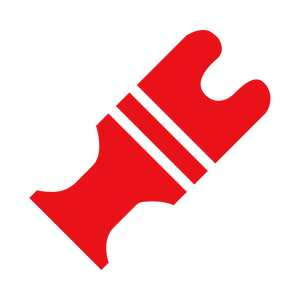 Oscillating Multi-Tool Blades
Oscillating Multi-Tool Blades
 Reciprocating Saw Blades
Reciprocating Saw Blades
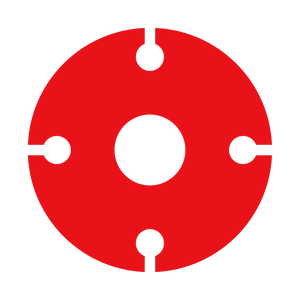 Cutting & Grinding
Cutting & Grinding
 Hole Saw
Hole Saw
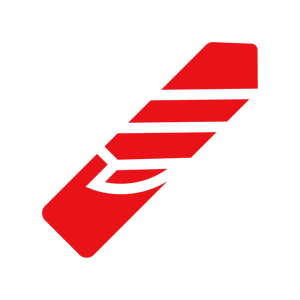 Drilling
Drilling
 Sanding & Polishing
Sanding & Polishing
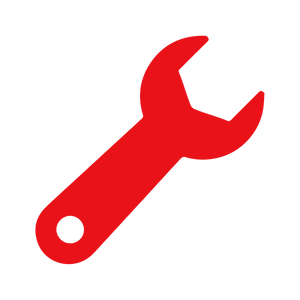 Hand Tools
Hand Tools
 BEST SELLERS
BEST SELLERS
 NEW ARRIVALS
NEW ARRIVALS
 Clearance Sale
Clearance Sale
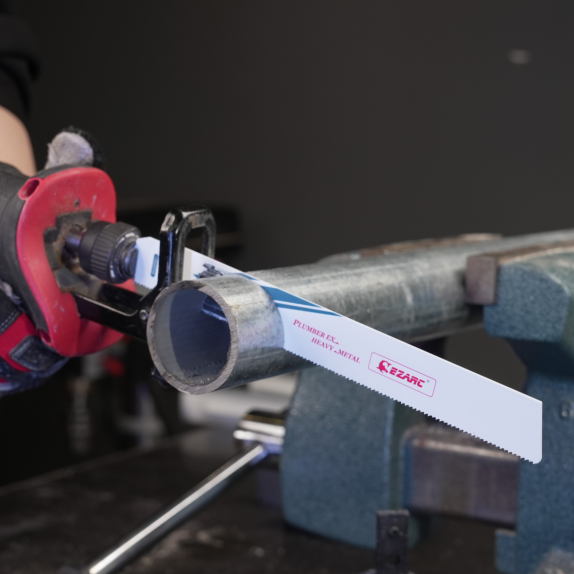
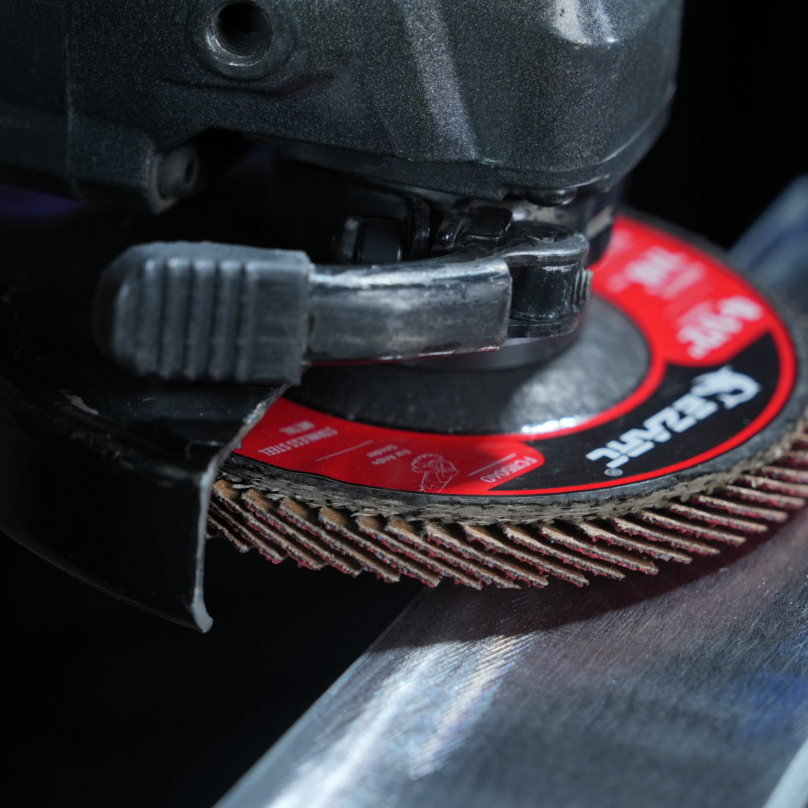
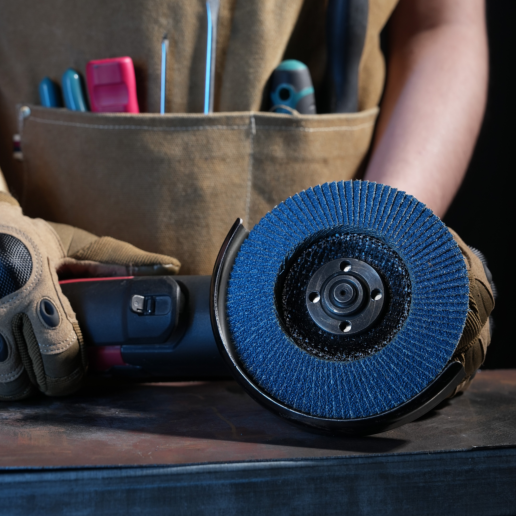
Laisser un commentaire
Ce site est protégé par hCaptcha, et la Politique de confidentialité et les Conditions de service de hCaptcha s’appliquent.